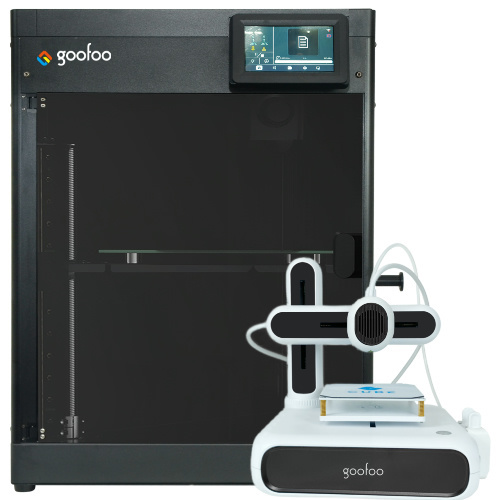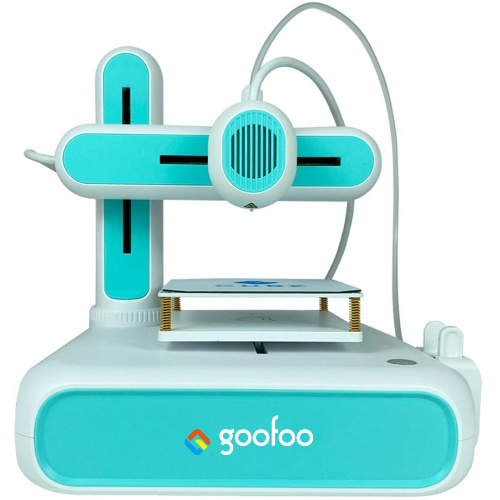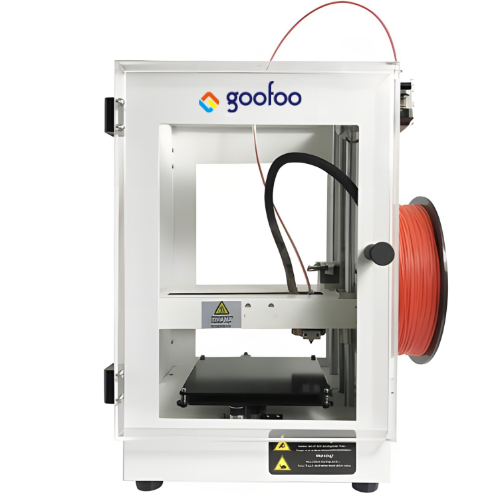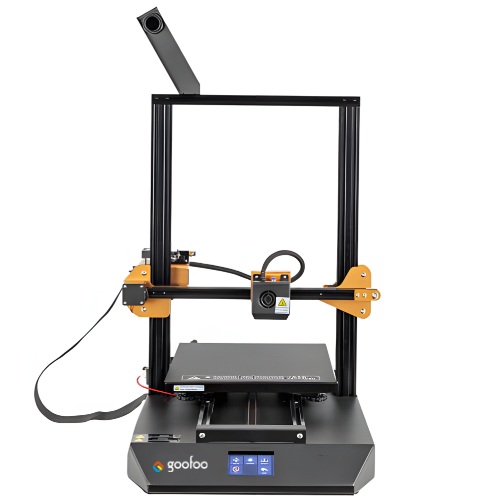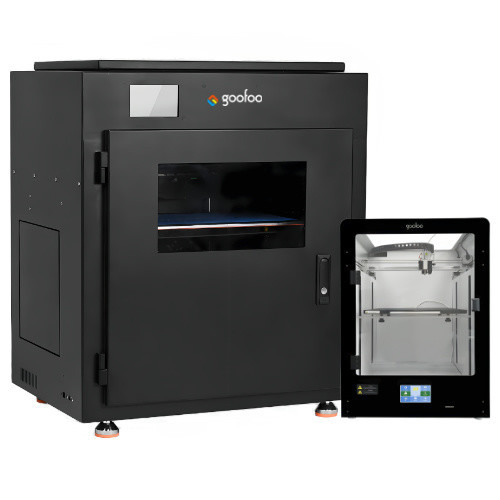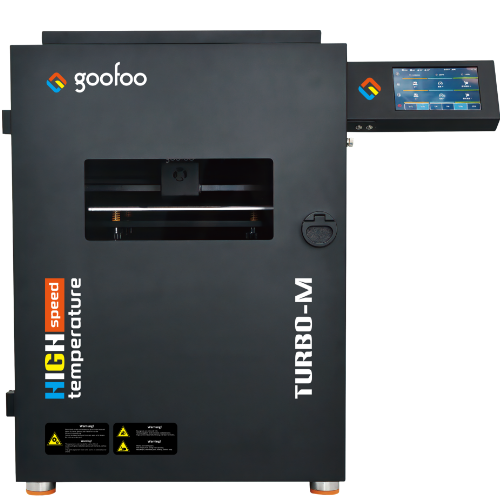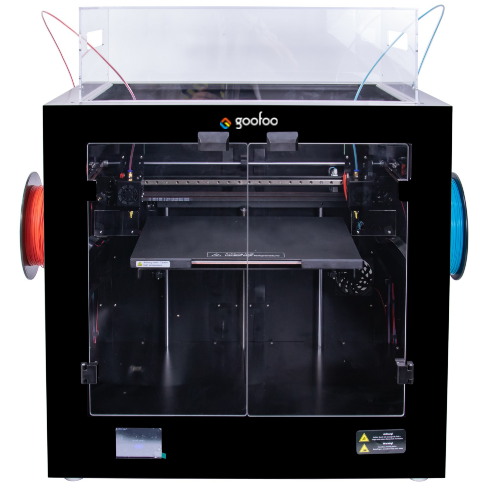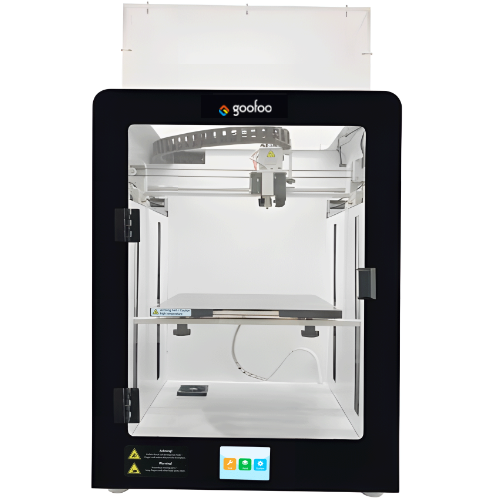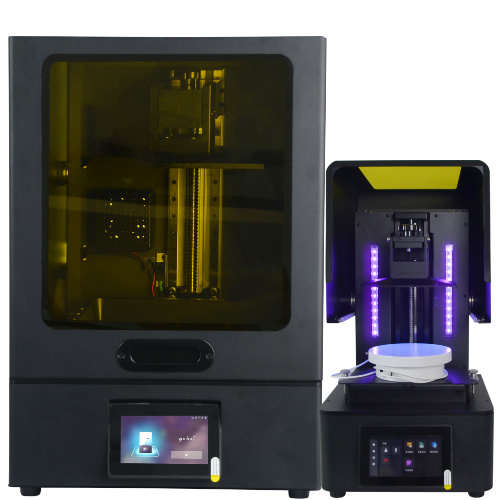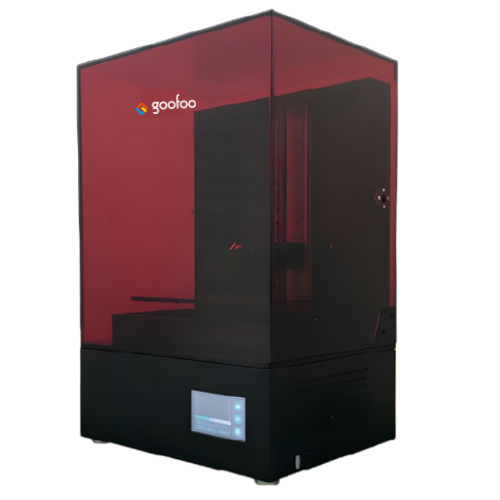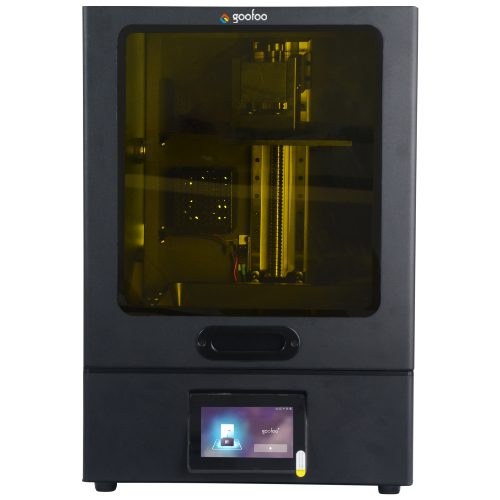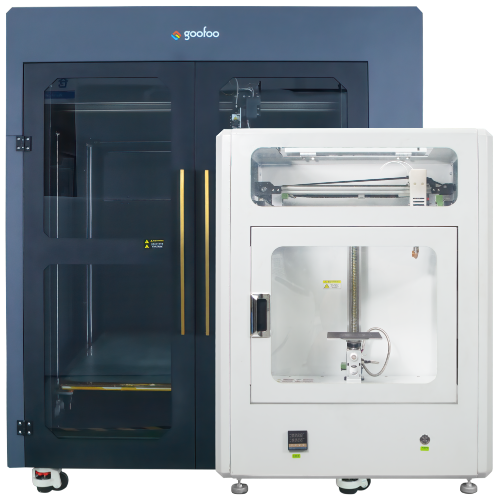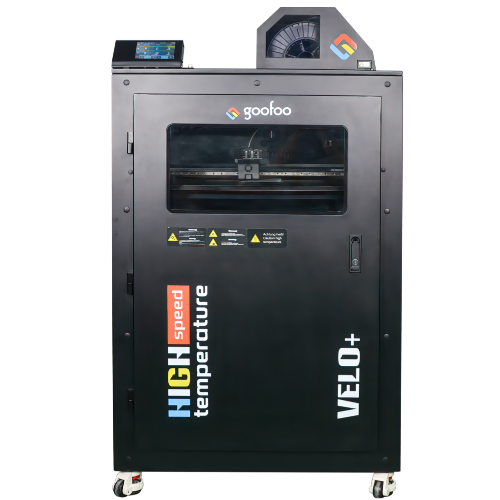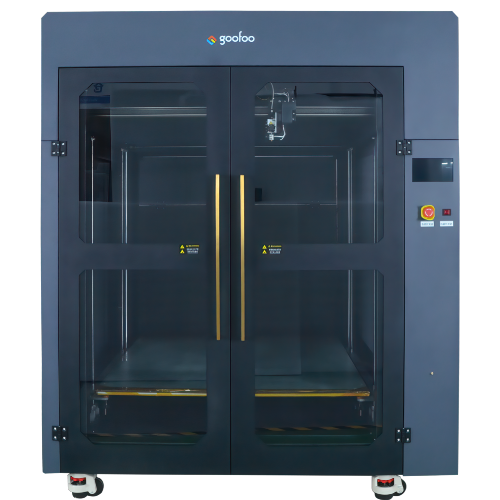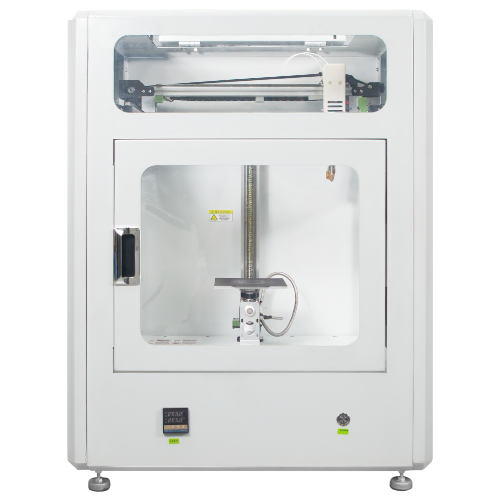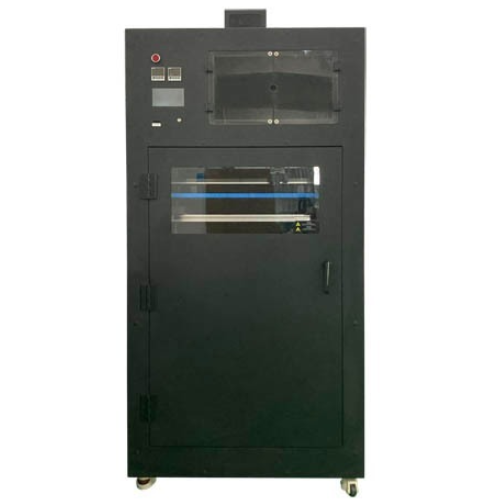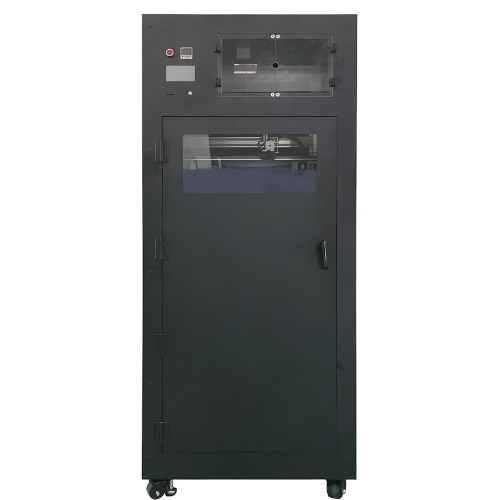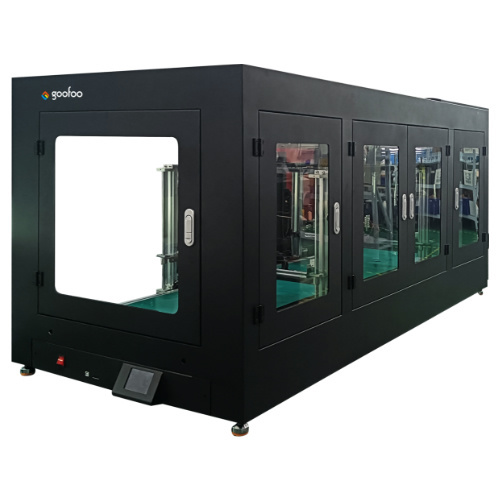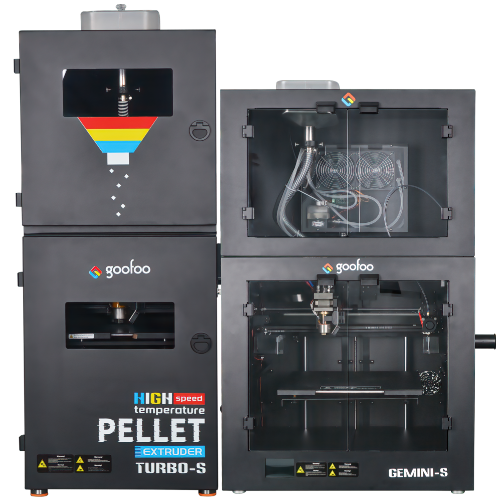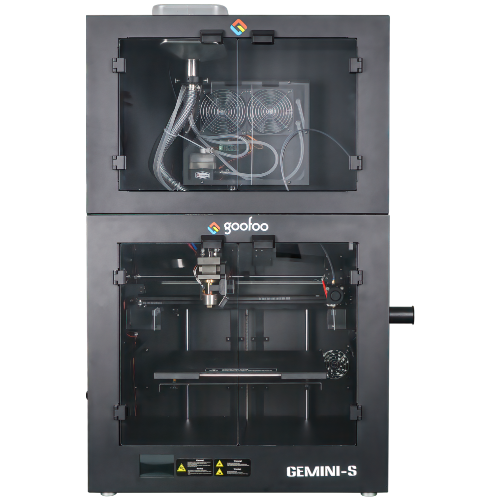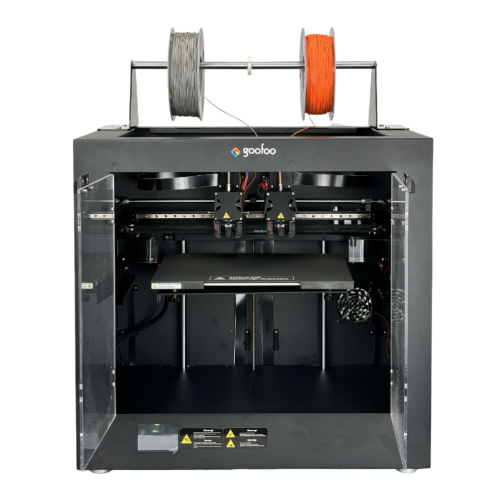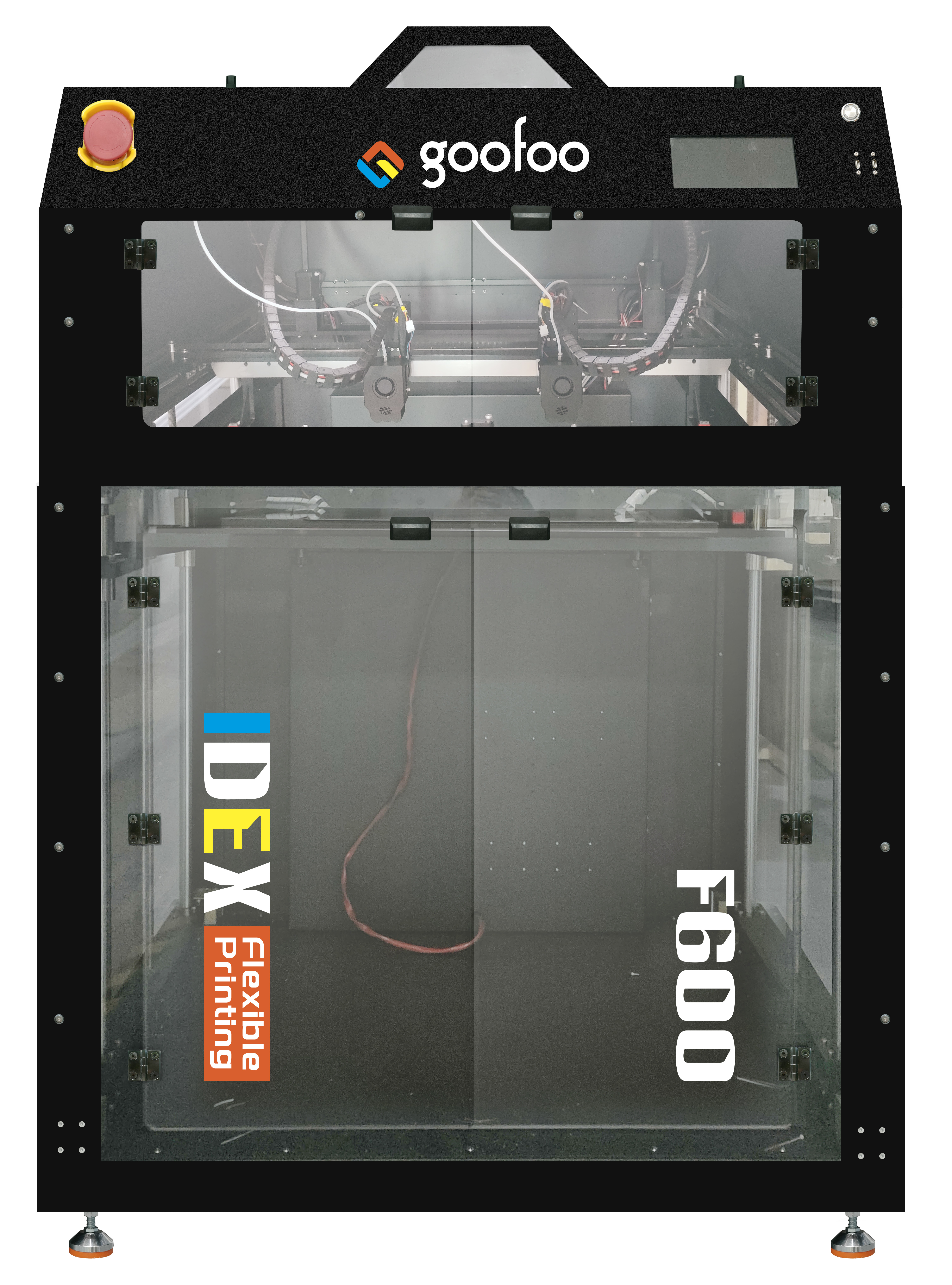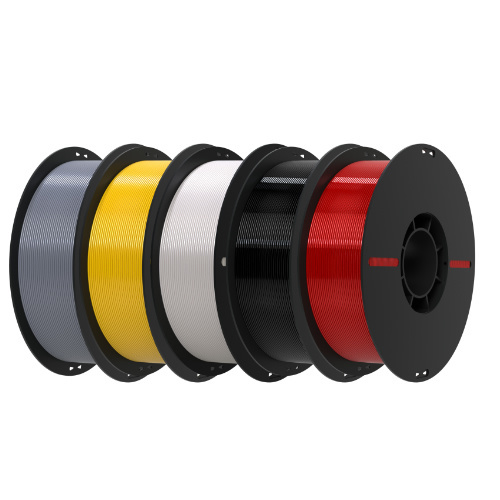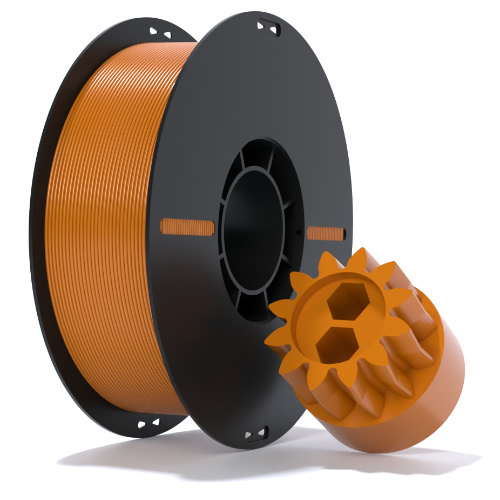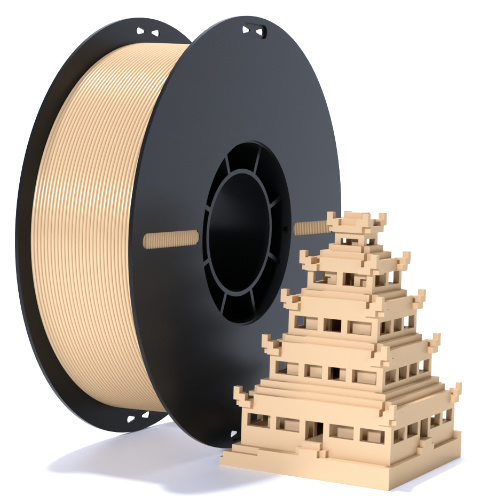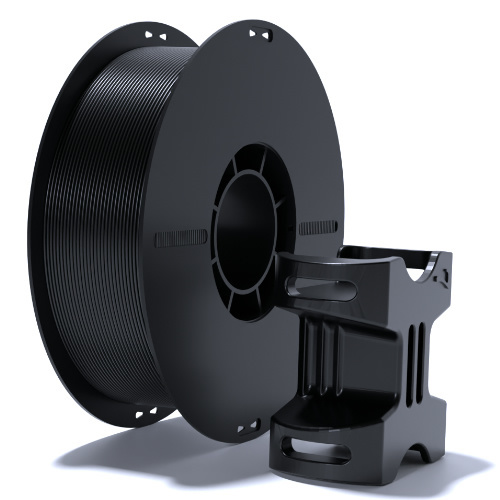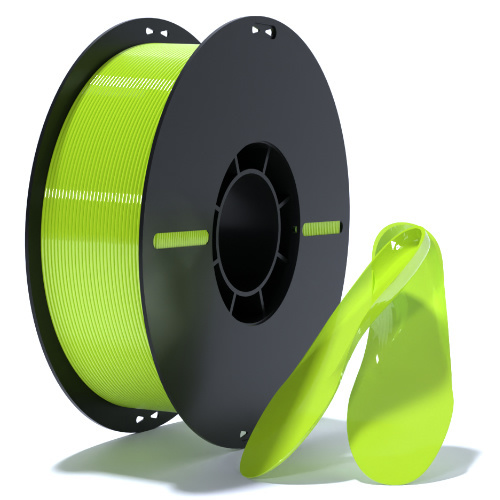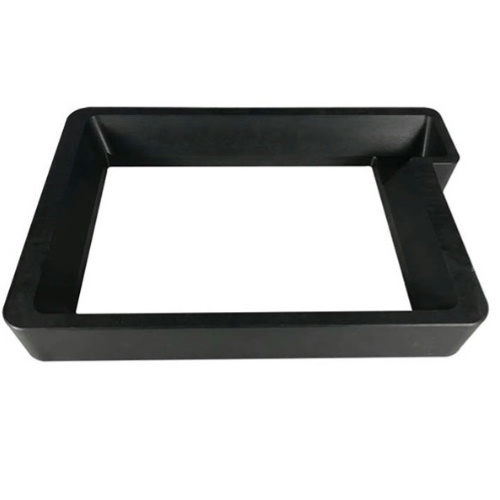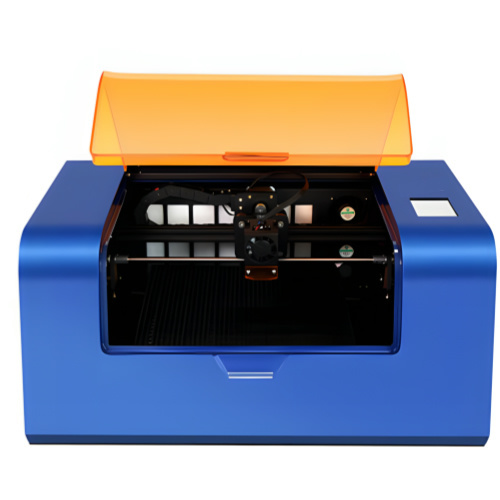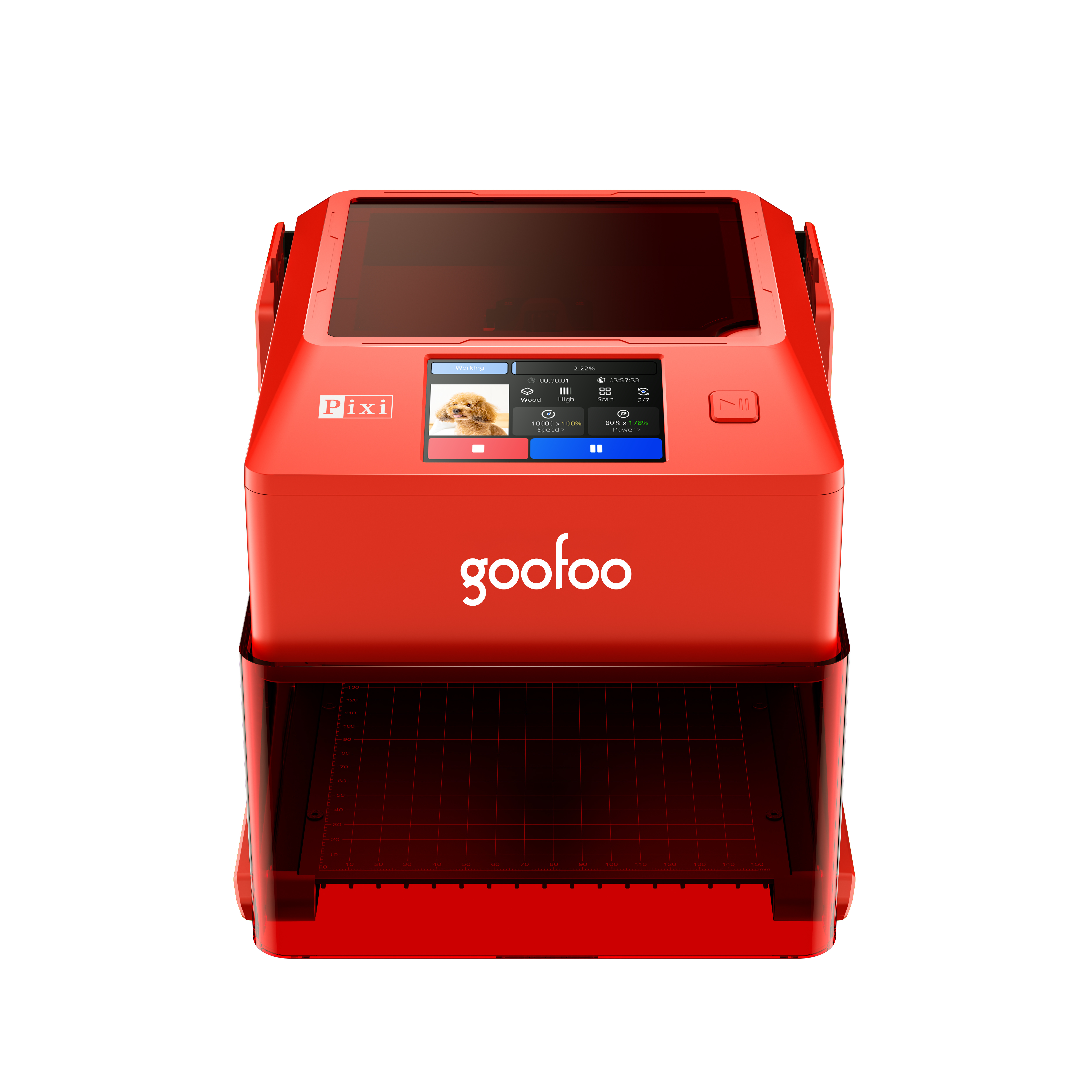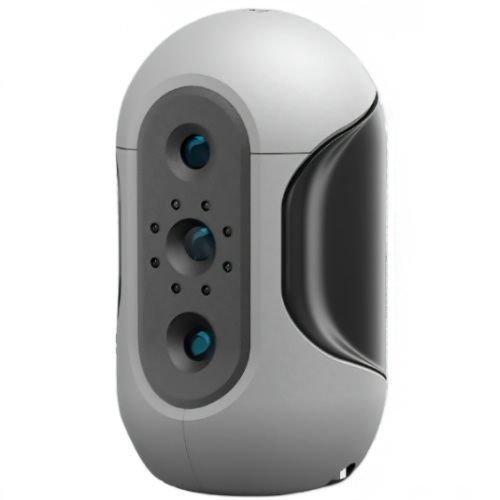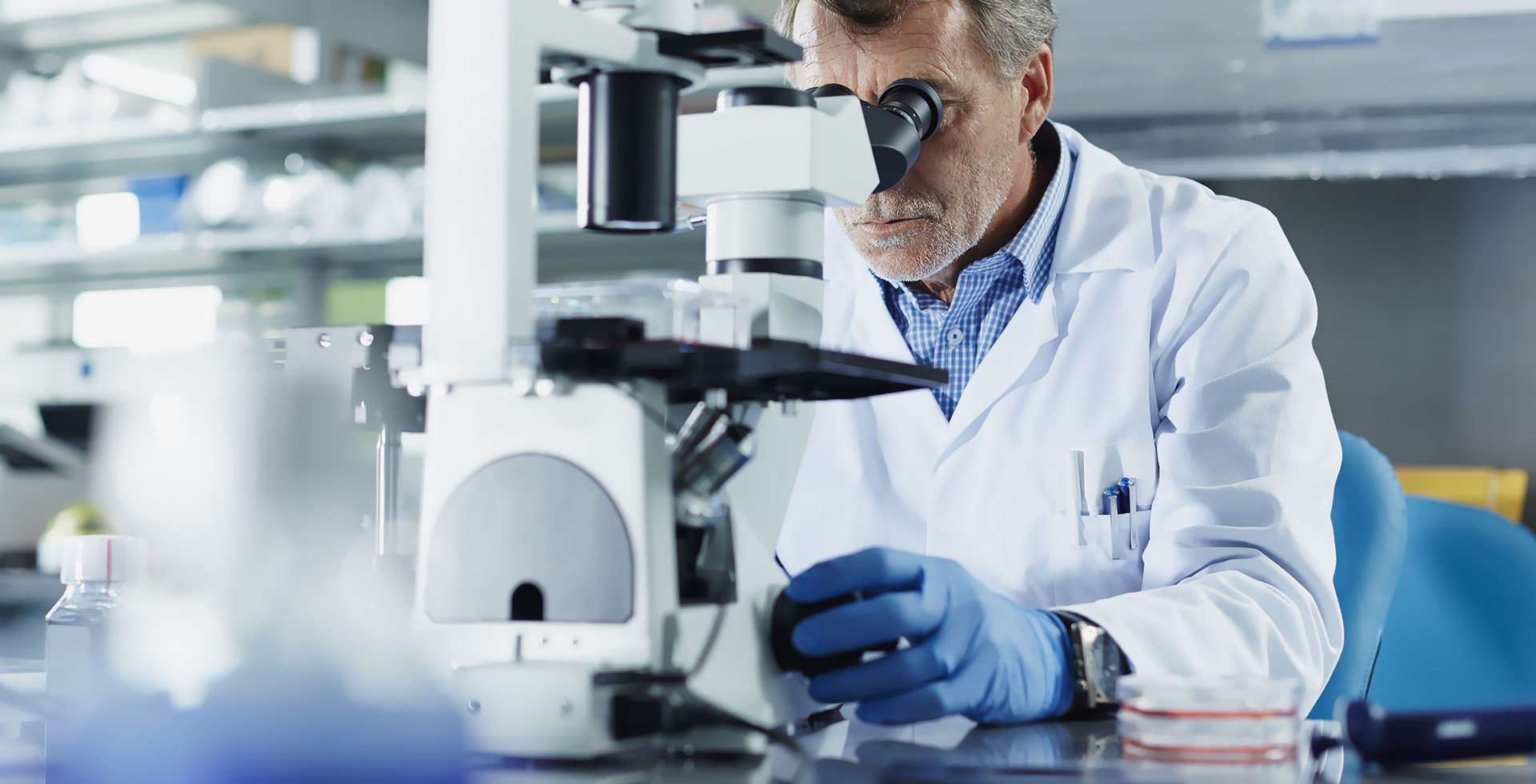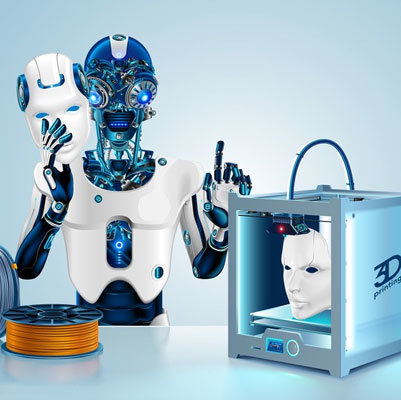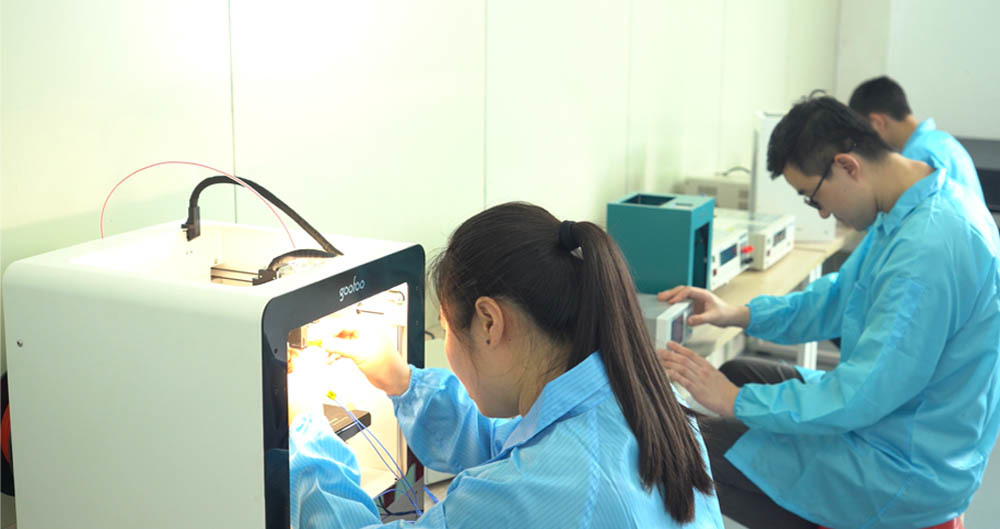All Categories
Revolutionizing Product Design: How PLA 3D Printers Are Changing the Game
2023-11-20 13:20
Table of Contents:
1. Introduction: The Evolution of PLA 3D Printers
2. Understanding PLA 3D Printing Technology
3. Benefits of PLA 3D Printers in Product Design
4. Applications of PLA 3D Printing in Various Industries
5. Overcoming Challenges with PLA 3D Printing
6. Exploring the Future of PLA 3D Printing
7. Frequently Asked Questions (FAQs)
7.1. What is PLA 3D printing?
7.2. How does PLA 3D printing differ from other methods?
7.3. Can PLA 3D printers be used for large-scale production?
7.4. Is PLA a sustainable material for 3D printing?
7.5. What are the limitations of PLA 3D printing?
8. Conclusion
The world of product design has experienced a remarkable transformation with the advent of PLA 3D printers. These cutting-edge devices have revolutionized the way products are conceptualized, prototyped, and manufactured. In this article, we will explore the game-changing impact of PLA 3D printers and how they are reshaping product design across industries.
PLA (Polylactic Acid) 3D printing is a process that involves creating three-dimensional objects by layering melted PLA filament in a precise manner. PLA, derived from renewable resources like corn starch or sugarcane, offers a sustainable and eco-friendly alternative to traditional manufacturing techniques. Its biodegradability and low environmental impact make PLA a popular choice for 3D printing enthusiasts and professionals alike.
The integration of PLA 3D printers into the product design workflow brings numerous advantages. Firstly, the ability to quickly and cost-effectively create prototypes allows designers to iterate and refine their concepts more efficiently. PLA 3D printers enable rapid prototyping, reducing the time and resources required for the traditional prototyping process.
Moreover, PLA 3D printers offer greater design freedom, allowing intricate and complex geometries to be easily realized. Traditional manufacturing methods often impose limitations on design possibilities, but with PLA 3D printing, the only barrier is the designer's imagination. This newfound design freedom empowers creators to push boundaries and explore innovative ideas without compromising structural integrity or functionality.
The use of PLA as the printing material also results in lightweight and durable prototypes. PLA exhibits excellent strength-to-weight ratio, making it suitable for a wide range of applications. Additionally, PLA is available in various colors, enabling designers to visualize the final product accurately.
PLA 3D printing has found valuable applications in numerous industries. In the automotive sector, designers rely on PLA 3D printers to create prototypes and test fitments before committing to mass production. The ability to quickly refine and validate designs helps minimize costly errors and ensures a smoother manufacturing process.
The medical field has also embraced PLA 3D printing for the production of customized prosthetics, implants, and surgical tools. By tailoring designs to individual patients' unique anatomies, healthcare providers can enhance patient outcomes and improve the overall quality of care.
Other industries, such as consumer electronics, fashion, and architecture, have also witnessed the transformative potential of PLA 3D printers. From creating aesthetically appealing phone cases to intricate fashion accessories and architectural models, PLA 3D printing offers endless possibilities for innovation and customization.
While PLA 3D printing presents numerous advantages, it is essential to acknowledge and address the challenges associated with this technology. One of the primary concerns is the limited heat resistance of PLA, which restricts its applicability in high-temperature environments. However, ongoing research and development efforts are focused on enhancing PLA's thermal properties to broaden its applications further.
Another challenge lies in the post-processing of PLA-printed objects. PLA tends to be more brittle than other materials, making it susceptible to cracks and breakages. Implementing proper finishing techniques and post-processing methods can help improve the durability and reliability of PLA-printed products.
The future of PLA 3D printing holds immense promise. As technology continues to advance, we can expect improvements in print speed, resolution, and material properties. PLA 3D printers may become more accessible and affordable, allowing a wider range of industries and individuals to embrace this cutting-edge technology.
Furthermore, the integration of PLA 3D printing with other emerging technologies, such as artificial intelligence and robotics, can lead to unprecedented advancements in product design. The synergy between these disciplines has the potential to redefine manufacturing processes and accelerate innovation.
PLA 3D printing is a process of creating three-dimensional objects using PLA filament, a biodegradable and renewable material derived from natural resources like corn starch or sugarcane.
Compared to traditional manufacturing methods, PLA 3D printing offers greater design freedom, faster prototyping, and the ability to create complex geometries. It also allows for cost-effective customization and reduces the environmental impact.
While PLA 3D printers are primarily used for prototyping and small-scale production, advancements in technology may pave the way for larger-scale applications in the future.
Yes, PLA is considered a sustainable material for 3D printing due to its biodegradable nature and renewable sources of origin.
PLA has limited heat resistance, making it unsuitable for high-temperature applications. It can also be more brittle compared to other materials, requiring careful post-processing and finishing for improved durability.
In conclusion, PLA 3D printers have ushered in a new era of product design, revolutionizing the industry. With their unparalleled design freedom, rapid prototyping capabilities, and sustainable nature, PLA 3D printers are changing the game for designers, manufacturers, and consumers alike. As technology continues to advance and overcome challenges, we can expect PLA 3D printing to further shape the future of product design and manufacturing. Embrace the possibilities and join the revolution today.
1. Introduction: The Evolution of PLA 3D Printers
2. Understanding PLA 3D Printing Technology
3. Benefits of PLA 3D Printers in Product Design
4. Applications of PLA 3D Printing in Various Industries
5. Overcoming Challenges with PLA 3D Printing
6. Exploring the Future of PLA 3D Printing
7. Frequently Asked Questions (FAQs)
7.1. What is PLA 3D printing?
7.2. How does PLA 3D printing differ from other methods?
7.3. Can PLA 3D printers be used for large-scale production?
7.4. Is PLA a sustainable material for 3D printing?
7.5. What are the limitations of PLA 3D printing?
8. Conclusion
1. Introduction: The Evolution of PLA 3D Printers
The world of product design has experienced a remarkable transformation with the advent of PLA 3D printers. These cutting-edge devices have revolutionized the way products are conceptualized, prototyped, and manufactured. In this article, we will explore the game-changing impact of PLA 3D printers and how they are reshaping product design across industries.
2. Understanding PLA 3D Printing Technology
PLA (Polylactic Acid) 3D printing is a process that involves creating three-dimensional objects by layering melted PLA filament in a precise manner. PLA, derived from renewable resources like corn starch or sugarcane, offers a sustainable and eco-friendly alternative to traditional manufacturing techniques. Its biodegradability and low environmental impact make PLA a popular choice for 3D printing enthusiasts and professionals alike.
3. Benefits of PLA 3D Printers in Product Design
The integration of PLA 3D printers into the product design workflow brings numerous advantages. Firstly, the ability to quickly and cost-effectively create prototypes allows designers to iterate and refine their concepts more efficiently. PLA 3D printers enable rapid prototyping, reducing the time and resources required for the traditional prototyping process.
Moreover, PLA 3D printers offer greater design freedom, allowing intricate and complex geometries to be easily realized. Traditional manufacturing methods often impose limitations on design possibilities, but with PLA 3D printing, the only barrier is the designer's imagination. This newfound design freedom empowers creators to push boundaries and explore innovative ideas without compromising structural integrity or functionality.
The use of PLA as the printing material also results in lightweight and durable prototypes. PLA exhibits excellent strength-to-weight ratio, making it suitable for a wide range of applications. Additionally, PLA is available in various colors, enabling designers to visualize the final product accurately.
4. Applications of PLA 3D Printing in Various Industries
PLA 3D printing has found valuable applications in numerous industries. In the automotive sector, designers rely on PLA 3D printers to create prototypes and test fitments before committing to mass production. The ability to quickly refine and validate designs helps minimize costly errors and ensures a smoother manufacturing process.
The medical field has also embraced PLA 3D printing for the production of customized prosthetics, implants, and surgical tools. By tailoring designs to individual patients' unique anatomies, healthcare providers can enhance patient outcomes and improve the overall quality of care.
Other industries, such as consumer electronics, fashion, and architecture, have also witnessed the transformative potential of PLA 3D printers. From creating aesthetically appealing phone cases to intricate fashion accessories and architectural models, PLA 3D printing offers endless possibilities for innovation and customization.
5. Overcoming Challenges with PLA 3D Printing
While PLA 3D printing presents numerous advantages, it is essential to acknowledge and address the challenges associated with this technology. One of the primary concerns is the limited heat resistance of PLA, which restricts its applicability in high-temperature environments. However, ongoing research and development efforts are focused on enhancing PLA's thermal properties to broaden its applications further.
Another challenge lies in the post-processing of PLA-printed objects. PLA tends to be more brittle than other materials, making it susceptible to cracks and breakages. Implementing proper finishing techniques and post-processing methods can help improve the durability and reliability of PLA-printed products.
6. Exploring the Future of PLA 3D Printing
The future of PLA 3D printing holds immense promise. As technology continues to advance, we can expect improvements in print speed, resolution, and material properties. PLA 3D printers may become more accessible and affordable, allowing a wider range of industries and individuals to embrace this cutting-edge technology.
Furthermore, the integration of PLA 3D printing with other emerging technologies, such as artificial intelligence and robotics, can lead to unprecedented advancements in product design. The synergy between these disciplines has the potential to redefine manufacturing processes and accelerate innovation.
7. Frequently Asked Questions (FAQs)
7.1. What is PLA 3D printing?
PLA 3D printing is a process of creating three-dimensional objects using PLA filament, a biodegradable and renewable material derived from natural resources like corn starch or sugarcane.
7.2. How does PLA 3D printing differ from other methods?
Compared to traditional manufacturing methods, PLA 3D printing offers greater design freedom, faster prototyping, and the ability to create complex geometries. It also allows for cost-effective customization and reduces the environmental impact.
7.3. Can PLA 3D printers be used for large-scale production?
While PLA 3D printers are primarily used for prototyping and small-scale production, advancements in technology may pave the way for larger-scale applications in the future.
7.4. Is PLA a sustainable material for 3D printing?
Yes, PLA is considered a sustainable material for 3D printing due to its biodegradable nature and renewable sources of origin.
7.5. What are the limitations of PLA 3D printing?
PLA has limited heat resistance, making it unsuitable for high-temperature applications. It can also be more brittle compared to other materials, requiring careful post-processing and finishing for improved durability.
8. Conclusion
In conclusion, PLA 3D printers have ushered in a new era of product design, revolutionizing the industry. With their unparalleled design freedom, rapid prototyping capabilities, and sustainable nature, PLA 3D printers are changing the game for designers, manufacturers, and consumers alike. As technology continues to advance and overcome challenges, we can expect PLA 3D printing to further shape the future of product design and manufacturing. Embrace the possibilities and join the revolution today.
pla 3d printer
Recommended News
language
English
العربية
বাংলাদেশ
Български
Hrvatski
Česky
Dansk
Nederland
 Esperanto
Esperanto
Slovenski
Filipino
Suomi
Français
Maori
 Shqiptare
Shqiptare
Georgian
 Euskara
Euskara
Deutsch
Ελλάδα
ישראל
इंडिया
Magyarország
Ísland
Indonesia
Irlanda
Italia
日本語
Sovensko
Հայաստան
한국
Kyrgyz
ປະເທດລາວ
 Zulu
Zulu
Latvian
Lithuanian
Luxembourgish
 Latinus
Latinus
Macedonian
Малайская
Maltese
Монгол улс
 Cymraeg
Cymraeg
ဗမာ
 தமிழ்
தமிழ்
नेपाल
Norge
ایران
Polska
Portugal
România
Российская
Србија
 Slovak
Slovak
Србија
 Slovak
Slovak
Bosanski
Slovenian
Беларус
España
Sverige
Точик
ประเทศไทย
Türk
Azərbaycan
Uzbek
 Afrikaans
Afrikaans
Việt Nam
Skype / WhatsApp: +86 592-5713513 / +86-13860126490
No.88-3, North Tongji Road, Xike County, Tong'an District, Xiamen, Fujian China
Xiamen Goofoo Technology Co., Ltd. All Rights Reserved 闽ICP备2022008070号-1 SEO 300.cn
Phone:+0086 592-5713513
Address: No.88-3, North Tongji Road, Xike County, Tong’an District, Xiamen, Fujian China
Email: sales@goofoo3d.com
We will give you feedback in time

